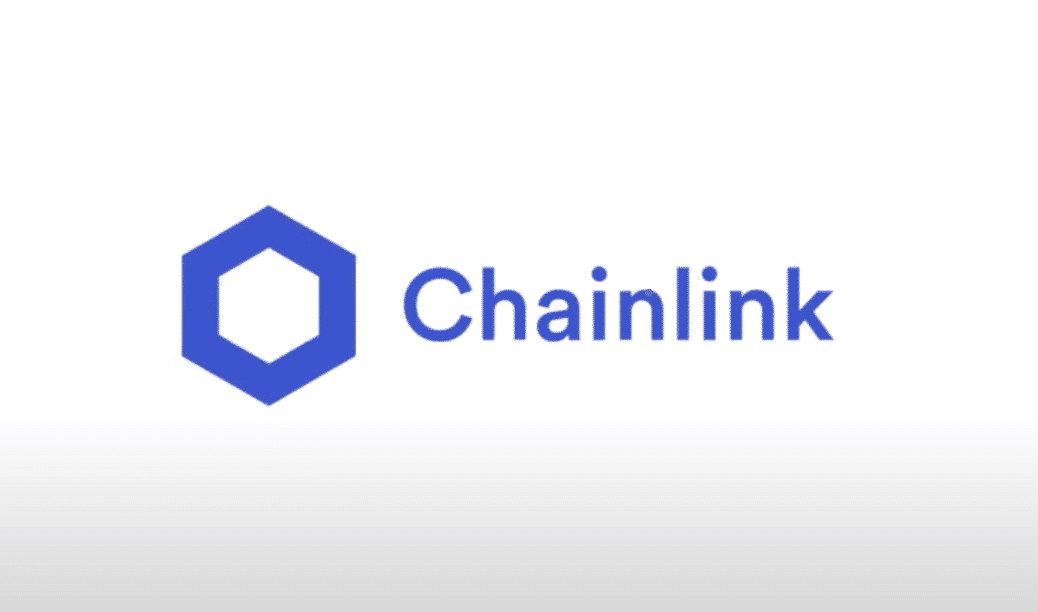- Chainlink co-founder Sergey Nazarov is optimistic that blockchain technology, smart contracts, and Oracle networks will be used in every aspect of value digitization amid the mass adoption of the web3 industry.
- Chainlink’s CCIP has been tapped by several institutions seeking to transfer real-world assets tokens securely between different blockchains including leading Australia’s bank ANZ.
Chainlink (LINK) network has grown to a respectable blockchain ecosystem that is crucial to the mass adoption of digital assets and the web3 industry. By providing a secure ecosystem for decentralized financial (DeFi) developers to build reliable projects that are multi-chain, the Chainlink network has obtained notable attention from both retail and institutional investors.
Moreover, Chainlink has been operating with regulated traditional financial institutions and web3 platforms in a bid to ensure a robust future outlook.
Chainlink Network to Digitize Global Economy
In a recent CNBC Asia interview, Chainlink co-founder Sergey Nazarov indicated that the company’s Cross-Chain Interoperability Protocol (CCIP) will play a crucial role in the mass adoption of tokenized real-world assets (RWA). Notably, Sergey highlighted that CCIP will eventually become a global internet of contracts that works across different industries.
For instance, a leading telecommunication company in Europe and Africa Vodafone recently adopted Chainlink’s CCIP to transfer digital cargo receipts between multiple parties across different blockchains.
Sergey noted;
That use case actually showed that you can codify certain key parts of trade finance into a deterministic, guaranteed form on a blockchain and smart contracts. What it showed is that blockchains, smart contracts, and oracle networks are applicable even beyond capital markets and DeFi; they’re applicable to global trade. My expectation is that you’ll see blockchains and smart contracts be applied to gaming, ad networks, global trade, concert tickets – basically anything and everything where digital value has to move between counterparties,
Ultimately, Sergey noted that the global adoption of tokenized RWAs like real estate, carbon credits, and insurance cash flow, among many others will trigger a huge cash flow to the crypto industry. Moreover, legacy digital assets like LINK, Ether, and SOL are used to pay transaction fees to facilitate multichain smart contracts.
LINK Price Action
Chainlink (LINK) has been one of the most sought-after alternative crypto assets as more developers top on its products including decentralized data oracles, and the CCIP. As a result, LINK’s daily trading volume has remained high relative to most altcoins with a mid-cap market capitalization.
According to the latest market data, LINK has an average daily trading volume of $607 million as of Monday and more than 705 million non-zero addresses. From a technical standpoint, LINK bulls are in control after a successful breakout from the 18-month horizontal consolidation and now the weekly price action has reclaimed the 200 Moving Average (MA) as a crucial support.
However, traders should approach the altcoin with caution as Bitcoin-led correction threatens the altcoin industry amid a possible heightened sell pressure during the end-of-year festivals. Furthermore, the weekly Relative Strength Index (RSI) has slipped below the 70 level after the LINK bulls struggled to rally beyond $16.4 in the past few weeks.

Crypto News Flash does not endorse and is not responsible for or liable for any content, accuracy, quality, advertising, products, or other materials on this page. Readers should do their own research before taking any actions related to cryptocurrencies. Crypto News Flash is not responsible, directly or indirectly, for any damage or loss caused or alleged to be caused by or in connection with the use of or reliance on any content, goods, or services mentioned.
Credit: Source link
































